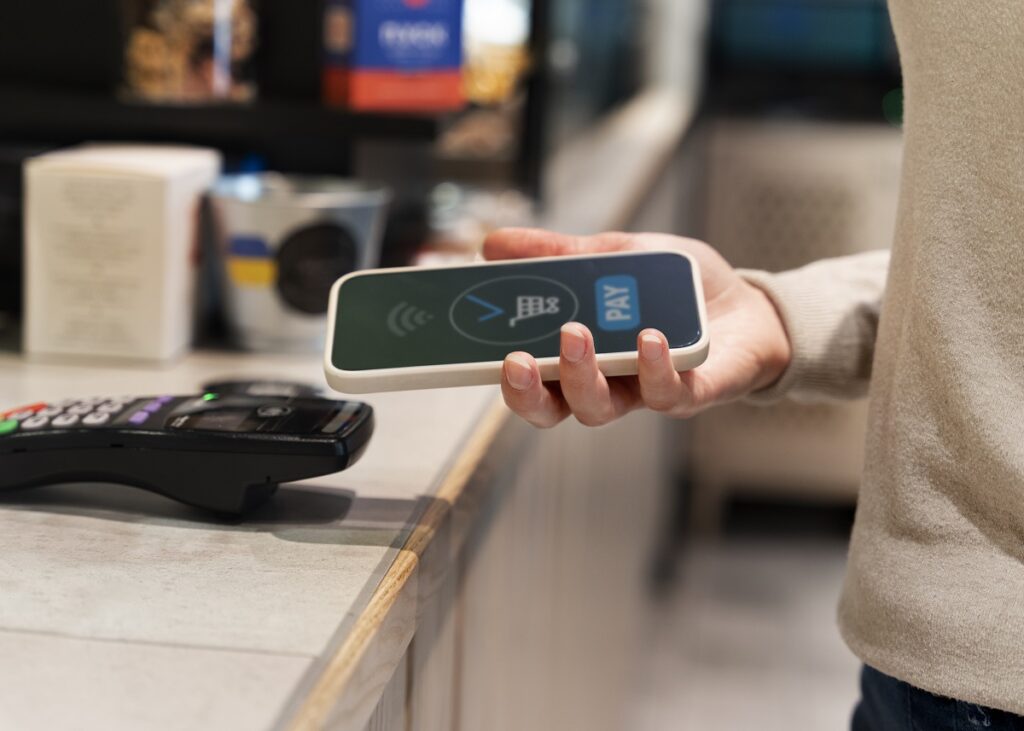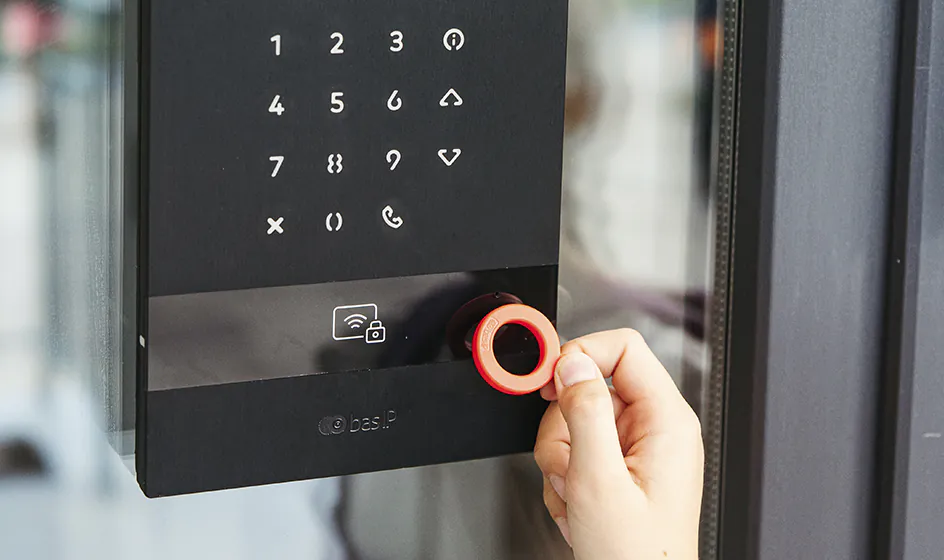NFC vs Mifare: The Battle of Contactless Technologies Unraveled

In the modern world of smart buildings and connected technology, contactless access control systems have become increasingly important for security and convenience. Two major players in this field are NFC (Near Field Communication) and Mifare. These technologies have distinct differences that impact their use in intercom systems. In this article, we will explore the key differences between NFC and Mifare, discuss the advantages of each, and introduce you to the BAS-IP UKEY and CR-02BD readers that support both access methods.
NFC vs Mifare: Understanding the Core Technologies
NFC and Mifare are both contactless technologies that use radio frequency identification (RFID) to enable secure communication between devices at close range. However, they differ in several ways, including their frequency range, data transfer rates, and security features.
| Feature | NFC | Mifare |
|---|---|---|
| Operating Frequency | 13.56 MHz | 13.56 MHz |
| Data Transfer Rate | Up to 424 kbps | Up to 106 kbps |
| Encryption | Built-in encryption | Various encryption schemes (e.g., Mifare Classic) |
| RFID Card Emulation | Yes | No |
| Smartphone Compatibility | Compatible with most smartphones | Requires dedicated Mifare card or key fob |
| Usage | Access control, mobile payments, data transfer, public transportation, IoT, advertising, healthcare, and more | Public transportation, access control systems, event ticketing, loyalty programs, campus cards, parking |
| Compatibility | Compatible with existing systems | Requires specific Mifare infrastructure |
| Read Range | Short-range communication, typically within a few centimeters | Short to medium-range communication, typically up to several inches or a few feet |
| Application Development | Supports app development on various mobile platforms | Limited application development options, primarily focused on specific Mifare-compatible systems |
| Standards | NFC is an international standard governed by the NFC Forum | Mifare is a proprietary technology developed by NXP Semiconductors |
| Memory Options | Provides different memory sizes and configurations for storing data | Offers various memory options, including Mifare Classic (typically 1KB or 4KB) and Mifare Plus (typically 2KB or 4KB) |
| Security Levels | Offers secure element options and supports secure transactions | Security levels vary depending on the Mifare variant, with Mifare Classic having known vulnerabilities |
| Cost | Generally more cost-effective due to widespread adoption and smartphone integration | Costs may vary depending on the specific Mifare variant and system requirements |
Advantages and Disadvantages of NFC and Mifare
Understanding the pros and cons of each technology can help determine which is best suited for your intercom needs.
NFC Advantages:
- Versatile, allowing for communication between various devices
- Smartphone compatibility simplifies access control management
- Secure encryption ensures data protection
NFC Disadvantages:
- Slower data transfer rate compared to Mifare
- Limited range, typically up to 10 cm
Mifare Advantages:
- Faster data transfer rate
- Established and widely used technology
- Array of RFID access control products available, including cards, key fobs, and readers
Mifare Disadvantages:
- Less versatile than NFC, primarily used for access control
- Security concerns with Mifare Classic encryption
- Requires dedicated hardware for access
BAS-IP UKEY and CR-02BD: Dual Support for NFC and Mifare

BAS-IP, a leading provider of IP intercom solutions, has developed two innovative products that support both NFC and Mifare contactless access methods: the UKEY keyless entry reader and the CR-02BD reader. These devices allow for seamless integration of both technologies, ensuring maximum compatibility and convenience for users.
BAS-IP UKEY Keyless Entry
- Supports both NFC and Mifare
- Smartphone-enabled access control
- Easy installation and management
- Compatible with various BAS-IP intercom systems
BAS-IP CR-02BD Reader
- Supports both NFC and Mifare
- Designed for use with BAS-IP access control systems
- Suitable for indoor and outdoor installations
- Highly secure and reliable performance
Frequently Asked Questions (FAQs)
Conclusion
In summary, both NFC and Mifare contactless access methods offer unique advantages and disadvantages for intercom systems. By understanding the core differences between these technologies, you can make an informed decision when choosing the best solution for your access control needs. With devices like the BAS-IP UKEY keyless entry reader and the CR-02BD reader, you can enjoy the benefits of both NFC and Mifare technologies in a single, versatile system. These innovative products provide seamless integration, security, and convenience, making them ideal choices for modern intercom and access control systems. As technology continues to evolve, embracing devices that support multiple contactless access methods will ensure that your system remains compatible and up-to-date with the latest advancements in the field.